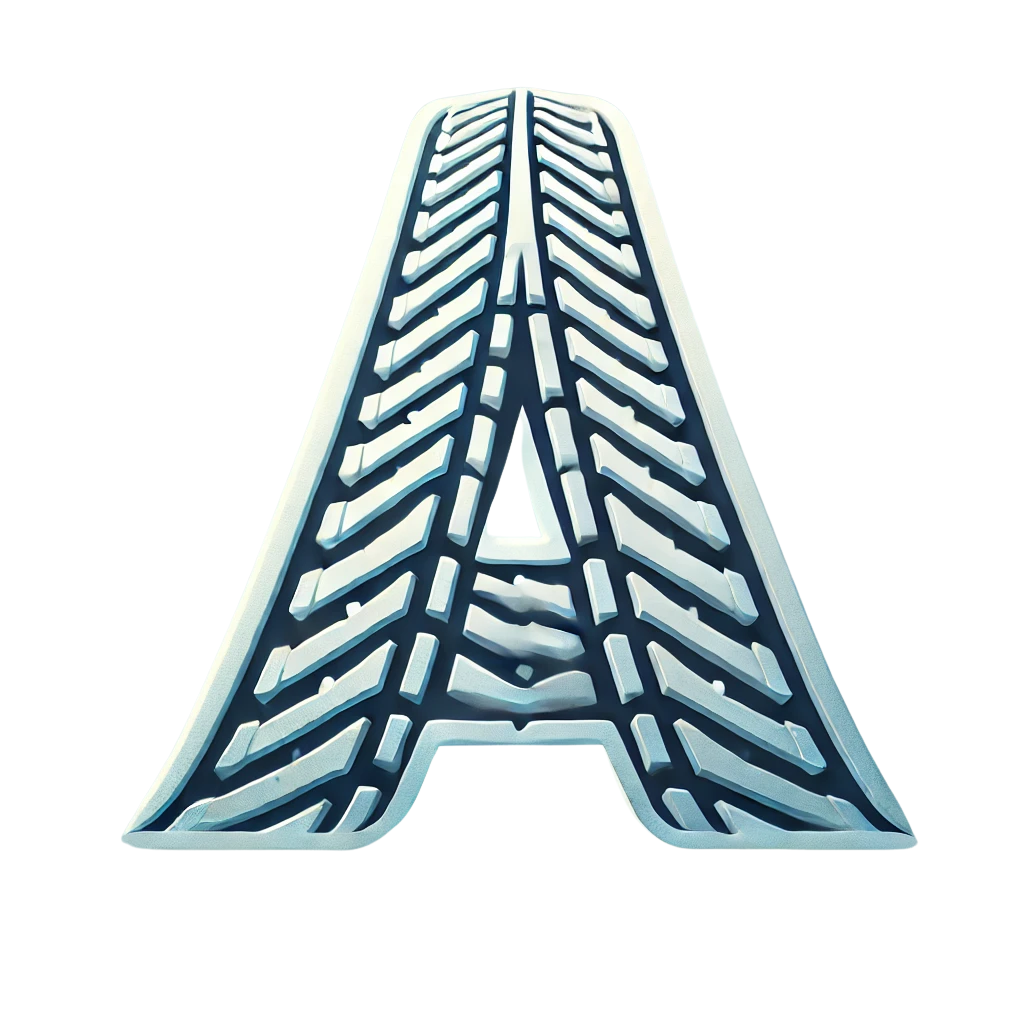Track Design & Traction Dynamics
The Role of Tracks in Snowmobile Performance
Snowmobile performance depends heavily on track design and how it interacts with various snow conditions. Factors such as lug height, track width, studding options, and materials determine how a snowmobile handles, accelerates, and maintains traction. Choosing the right track setup enhances stability, speed, and overall ride quality, whether on groomed trails, deep powder, or icy surfaces.
How Track Design Affects Performance
A snowmobile's track plays a critical role in determining grip, flotation, and efficiency. Different track designs are optimized for various riding styles, from high-speed trail riding to deep-snow mountain climbing.
- Trail Tracks: Designed for packed snow conditions, these tracks typically have shorter lugs, a stiffer profile, and a narrower width to maximize speed and control.
- Mountain Tracks: Equipped with taller lugs and wider footprints, mountain tracks provide superior flotation and grip in deep snow but sacrifice top-end speed.
- Cross-Country Tracks: A hybrid of trail and mountain tracks, these offer a balance of traction and speed, suitable for mixed terrains.
- Utility Tracks: Extra-wide and reinforced for towing or work applications, these tracks offer maximum traction and durability but are not ideal for high-speed riding.
Lug Height and Snow Conditions
Lug height refers to the raised sections on a track that dig into the snow for traction. Selecting the right lug height ensures optimal performance in specific conditions.
| Lug Height | Best for | Performance Impact |
|---|---|---|
| 0.75" - 1.25" | Hard-packed trails | Low rolling resistance, higher speed, minimal traction loss |
| 1.5" - 1.75" | Mixed terrain | Balanced grip, good for occasional deep snow sections |
| 2" and above | Deep powder, off-trail riding | Maximum grip but increased drag and power demand |
Track Width: Stability vs. Maneuverability
Track width influences handling, stability, and flotation. Different widths are suited for specific riding styles.
- Standard Width (15" - 16"): Common on most snowmobiles, offering a balance of stability and maneuverability.
- Narrow Width (Under 15"): Found on performance snowmobiles, reducing drag for higher speeds but sacrificing deep-snow flotation.
- Wide Width (Over 16"): Used on utility and deep-snow models, providing excellent flotation and grip but making the sled harder to turn quickly.
Studding for Ice and Hard-Pack Traction
Studs improve grip by embedding into ice and hard-packed snow. Choosing the right stud setup affects braking, acceleration, and cornering ability.
- Short Studs (Less than 1.2”): Provide added grip without excessive drag, suited for groomed trails.
- Medium Studs (1.2” - 1.5”): Offer a balance between traction and speed, useful in mixed conditions.
- Long Studs (Over 1.5”): Essential for extreme ice racing and aggressive trail riding, but can add weight and wear on the track.
Track Materials and Longevity
The material composition of a track determines its weight, durability, and flexibility. Heavier materials improve durability but reduce efficiency.
- Standard Rubber Tracks: Common in recreational snowmobiles, offering flexibility and decent wear resistance.
- Kevlar-Reinforced Tracks: Lighter and more durable, used in high-performance snowmobiles to reduce power loss.
- Carbide-Embedded Tracks: Designed for extreme durability in icy and hard-packed conditions, reducing premature wear.
Impact on Handling, Acceleration, and Top Speed
The right track setup can significantly change how a snowmobile performs in different environments.
- Handling: Narrower tracks improve agility, while wider tracks enhance stability.
- Acceleration: Taller lugs and studded tracks improve grip and initial launch but can increase rolling resistance.
- Top Speed: Shorter-lug tracks on hard surfaces minimize drag, optimizing speed.
Optimizing Track Setup for Performance
Choosing the correct track design for a snowmobile is essential for maximizing performance in specific snow conditions. Understanding how lug height, track width, studding, and materials influence handling, acceleration, and top speed ensures an optimized ride experience. Whether for high-speed trails, deep powder adventures, or utility work, selecting the right track will enhance safety, control, and efficiency.
